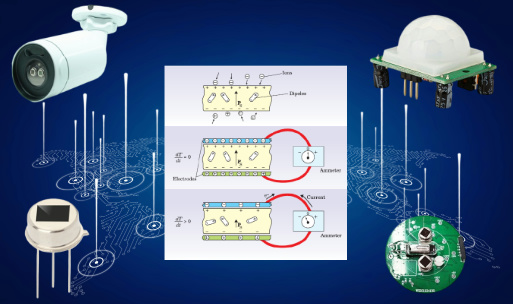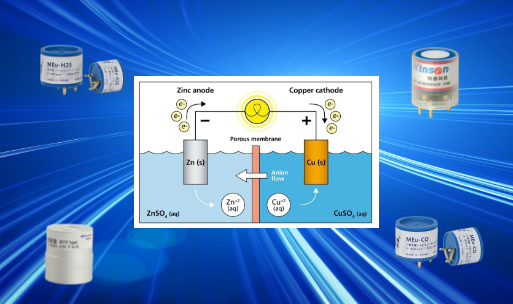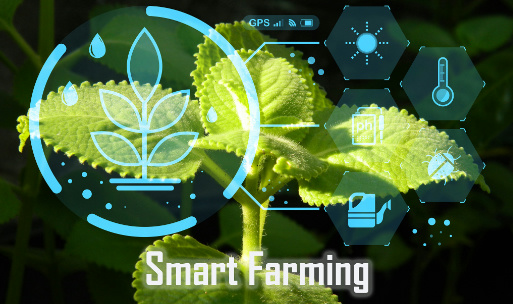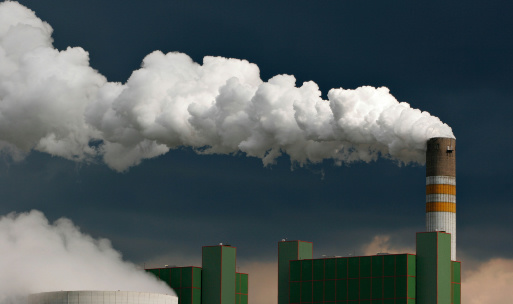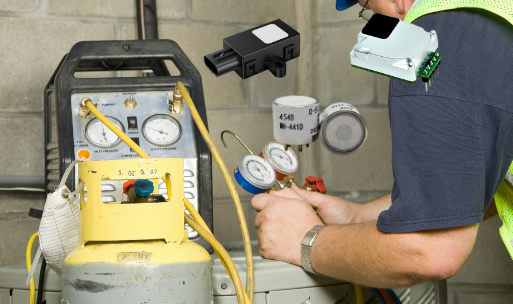Due to different needs in management, control or research of institutions and organizations, there are varying definitions of VOCs in global wide. Chinese standards are mainly based on whether they can participate in photochemical reactions: volatile organic compounds (VOCs) refer to "organic compounds that can participate in atmospheric photochemical reactions, or organic compounds that are measured or determined according to prescribed methods." From the perspective of environmental protection, VOCs mainly refers to the kind of volatile organic compounds with active chemical properties. Common VOCs include benzene, toluene, xylene, styrene, trichloroethylene, chloroform, trichloroethane, diisocyanate (TDI), diisocyanocresyl, etc. The Outline of the 14th Five-Year Plan clarifies that it is necessary to promote the coordinated control of PM2.5 and ozone, and proposes to speed up the comprehensive control of volatile organic compound emissions, and the task goal of reducing the total amount of VOCs emissions by more than 10%.
There are many types of VOCs emitted in chemical industry parks, and the emission concentration fluctuates greatly. Not only flammable gases, toxic gases, but also some gases with peculiar smells exist, and the NOX reaction will form secondary aerosols, forming PM2.5, causing the regional ozone concentration to increase above supervision level. Therefore, VOCs pollution is the focus and difficulty of environmental governance in chemical industry parks.
Why VOCs control is a tough work? It has difficulties from several main sources and also require strength on these aspects.
VOCs pollution sources need to be controlled and promote raw materials replacement, especially in manufacturing industries of automotive, furniture, machinery, etc, it necessary to promote replacements by low VOCs content raw material and innovation in producing process, finished products.
Pollution management and control need to be strengthened within enterprises on illegal emissions and inefficient governance . At present, the field of VOCs treatment is full of simple and inefficient facilities such as low-temperature plasma, photocatalysis, and photooxidation, and the emission reduction can’t be realized. Therefore, high efficient monitoring and treatment facilities are necessary for comprehensive management. Supervision and enforcement is also important to reduce VOCs emission as well as improve treatment level in heavy pollution fields.
Technology development and innovation provide powerful solutions for VOCs control. To promote high-tech and advanced products in monitoring, supervision and treatment in leading enterprises can bring a drive updating in the whole industries.
Winsen Electronics has developed a high-performance 4R-PID Photoionization PID Sensor which can detect and measure over thousand of VOCs and some inorganic vapors. The detection range starts from 1ppb and is up to 10000 ppm, with extremely fast response speed and high resolution. It can be used in kinds of portable and fixed instruments and various of analytical instruments.
There are many types of VOCs emitted in chemical industry parks, and the emission concentration fluctuates greatly. Not only flammable gases, toxic gases, but also some gases with peculiar smells exist, and the NOX reaction will form secondary aerosols, forming PM2.5, causing the regional ozone concentration to increase above supervision level. Therefore, VOCs pollution is the focus and difficulty of environmental governance in chemical industry parks.
Why VOCs control is a tough work? It has difficulties from several main sources and also require strength on these aspects.
VOCs pollution sources need to be controlled and promote raw materials replacement, especially in manufacturing industries of automotive, furniture, machinery, etc, it necessary to promote replacements by low VOCs content raw material and innovation in producing process, finished products.
Pollution management and control need to be strengthened within enterprises on illegal emissions and inefficient governance . At present, the field of VOCs treatment is full of simple and inefficient facilities such as low-temperature plasma, photocatalysis, and photooxidation, and the emission reduction can’t be realized. Therefore, high efficient monitoring and treatment facilities are necessary for comprehensive management. Supervision and enforcement is also important to reduce VOCs emission as well as improve treatment level in heavy pollution fields.
Technology development and innovation provide powerful solutions for VOCs control. To promote high-tech and advanced products in monitoring, supervision and treatment in leading enterprises can bring a drive updating in the whole industries.
Winsen Electronics has developed a high-performance 4R-PID Photoionization PID Sensor which can detect and measure over thousand of VOCs and some inorganic vapors. The detection range starts from 1ppb and is up to 10000 ppm, with extremely fast response speed and high resolution. It can be used in kinds of portable and fixed instruments and various of analytical instruments.
Besides, Winsen has more sensors widely used for VOCs detection:
.jpg)
